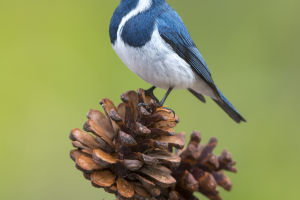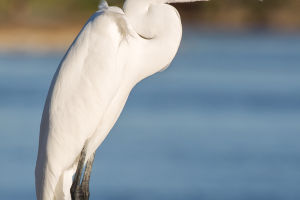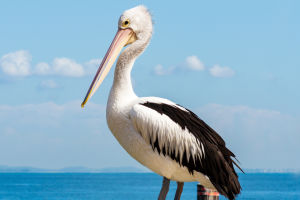One species is almost entirely black in the west, and very light in the east. They have long, slender, deeply forked tails and are commonly found in heavily wooded habitats. That is the Ashy Drongo.
The Ashy Drongo is a bird species found in heavily wooded habitats, with one variation appearing almost entirely black in the west, and very light in the east.
The body is medium-sized with a strong, laterally compressed beak, which has a slightly curved peak, a hooked apex, and whiskers. The nostrils are covered with pendant feathers. The wings are long and slightly pointed, with ten primary flight feathers. The tail is long and deeply forked, with inconspicuous light black horizontal stripes and ten tail feathers. The tarsus is short and strong, with peltate scales on the anterior margin.
Ashy Drongo plays an important role in eliminating pests as they feed on harmful insects that damage crops. Their breeding season is from April to July, and the female lays about three to four eggs per clutch. Ashy Drongo builds their nests on tall trees, using dead grasses, moss, bark, spider webbing, and animal fleece as their primary nesting materials.
The Ashy Drongo is found in plains and hills near villages, river valleys, and mountainous areas. They usually stay in pairs or singly on the tops of tall tree crowns or rocks in mountainous areas, and perch on the top branches of tall poplar trees. They are often found in mixed coniferous and broad-leaved forests as well as at the edge of villages, and in groups at the tops of tree canopies and in the open fields between forests.
They are active in mixed coniferous forests and village edges, flying in small groups or pairs, tumbling through the air in pursuit of insects, and gliding with wave-like movements. Their song is rough and noisy.
The Ashy Drongo diet consists mainly of harmful insects, such as Coleoptera, Hymenoptera, Lepidoptera pupae, larvae, and adult insects. During the breeding season, they eliminate a large number of pupae, moths, and larvae that are harmful to trees, nurseries, orchards, and crops, making them essential species for biological control and crop protection. Occasionally, they also eat plant fruits and seeds.
Due to its wide distribution range and the stable population trend, Ashy Drongo is not currently facing an existential crisis. However, it is still listed on the IUCN Red List of Threatened Species 2012 - Low Threat.


